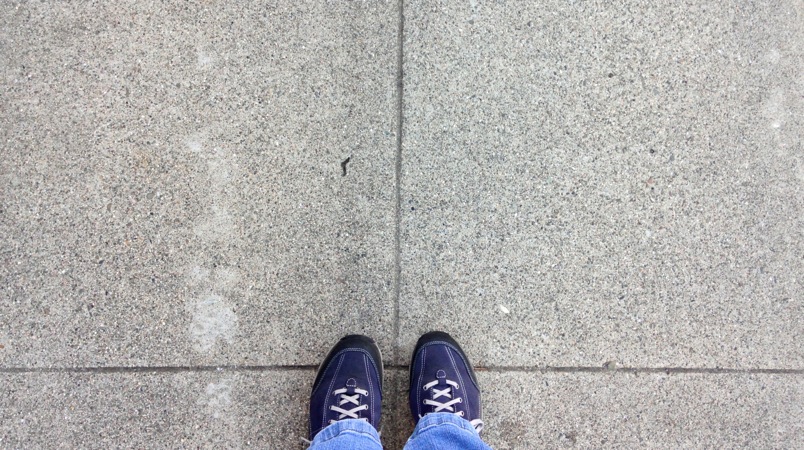I was talking with a long-time customer today, and he mentioned that some instructional designers are stuck in their instructional design world.
- Enamored with design models, techniques, and technology
- Not focused on performance

We don’t want to be those stuck-in-our-own-little-world designers. So, here’s a reminder about why we design instruction:
It’s not because we love ADDIE, or because we’ve left ADDIE for SAM. It’s not because we have fabulous models with beautiful boxes, circles, or arrows. Or because we follow a linear or iterative process.
Nor is it because of technology. Not video, not eLearning, and definitely not the LMS.
And while we may love it that our learners walk away able to do something they couldn’t do before, that is not enough.
We design instruction (or we should) because of what that design makes possible. Because of what the learners can accomplish for their organizations with their new knowledge and skills.
It’s because, with better training, outcomes like this are possible:
- Sales reps make their first sale sooner and then meet or exceed their sales targets more often—generating more revenue.
- Error and scrap rates go down—decreasing costs of goods manufactured.
- Customer service reps solve customers’ problems in the most efficient way—increasing customer loyalty.
- Employees use a new sales and customer service software solution the day it goes live—while continuing to give great customer care.
- A new finance department with almost all new employees in a new city takes over for a major corporation and starts out running all functions correctly with no major errors—thereby cutting costs by a large percentage.
- Utility workers restore service for customers with fewer delays—meeting uptime goals and staying safe in the process.
Training is not always the right answer. But it is usually at least part of the answer when people must acquire new knowledge and skills. As much as we may love learning, designing, training, or teaching, before we take one step down that road it makes sense to remember why we are traveling that way.
As my friend Guy Wallace says: focus on performance—and enable that.
